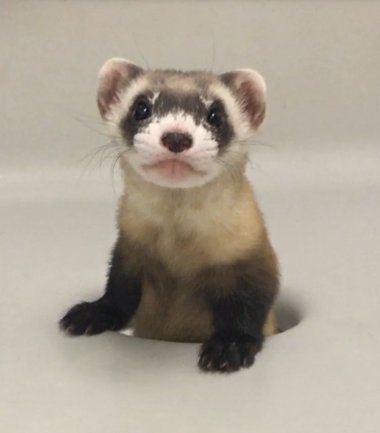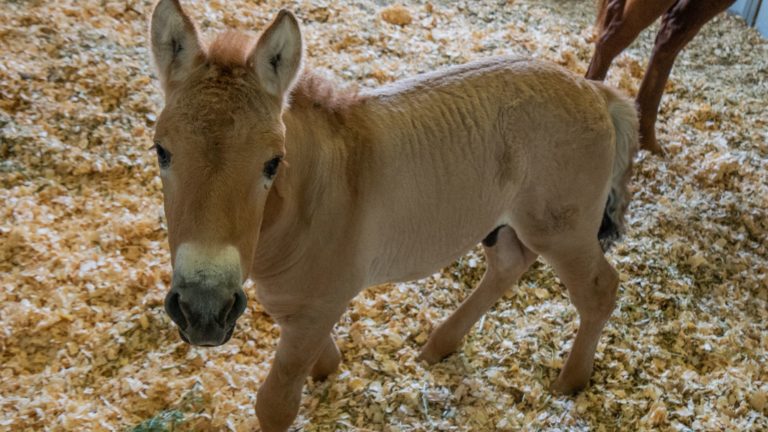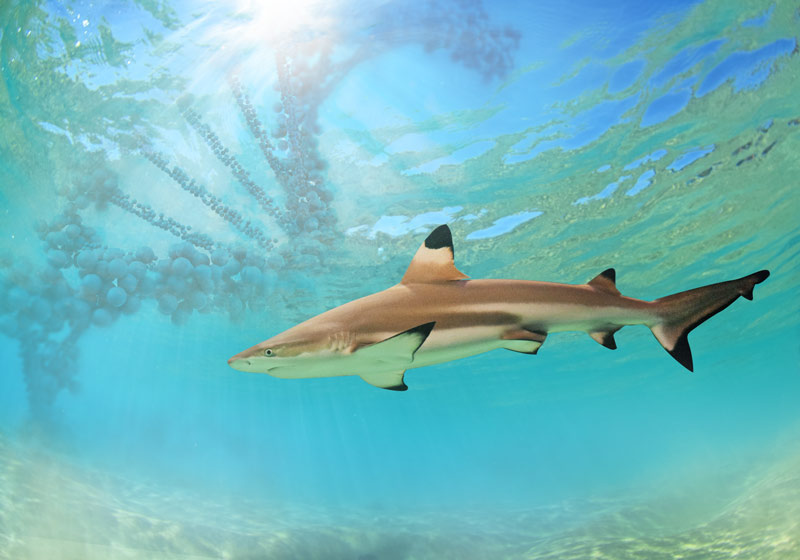On May 21st, 2021 we celebrate National Endangered Species Day. This day helps raise awareness and increase knowledge of endangered species and wildlife, in hopes to save them. We have been lucky enough to collaborate with organizations and partners to help save species that were on the brink of extinction. Take a look at some species that are hoping for a second chance to survive and thrive.
Kit Elizabeth Ann the Black-Footed Ferret

In February 2018, resurrection efforts began for the then endangered black-footed ferret. With the help of the U.S. Fish and Wildlife Service, Revive and Restore, partners ViaGen Pets & Equine, San Diego Zoo Global, and the Association of Zoos and Aquariums, the successful cloning of a black-footed ferret was announced in February 2021. “Elizabeth Ann” was cloned from Willa, a female ferret that died in 1988, using somatic cell nuclear transfer (SCNT). Elizabeth Ann’s genetic variants reveal a lot of much-needed hope for the genetic diversity of wild ferrets. Check out the full story on Elizabeth Ann’s journey here!
Kurt the Przewalski’s Horse

Kurt, the first successfully cloned Przewalski’s horse, was born on August 6th, 2020 at Timber Creek Veterinary in Texas. This was a collaborative effort by Revive & Restore, San Diego Zoo Global (SDZG), and ViaGen Equine in hopes to restore the genetic diversity of the species. The Przewalski’s horse is considered the last truly wild horse species but the population is making a significant comeback. Kurt gives the species hope for the future of conservation innovation and has already helped contribute to the shifting of conservation status from “Extinct in the Wild” to “Endangered.” Read about Kurt’s story and the Przewalski’s horse here!
Threatened Shark Species

Over 400 species of sharks exist in our oceans today but an estimated 100 million are killed every year. This makes them one of the most threatened groups of marine fish. Approximately 15% are considered to be vulnerable, endangered, or critically endangered, and identifying species has become increasingly difficult. However, now with DNA identification, researchers can identify those with missing morphological indicators like heads and fins. Read more about how DNA identification is helping endangered shark species here!
Did you like this post? Read more stories of work with endangered species funded by Revive and Restore:
- Anti-Cancer Drugs Are Pro-Coral
- Working in the Lab to Save Animals in the Wild
- The Wild Genomes Program: Optimizing Conservation Outcomes Using Genomics
Riley Bell
Latest posts by Riley Bell (see all)
- Bringing Science to Life: How Art and Sustainability Shape Our New Trade Show Booth Design - March 31, 2025
- Genetic Symphonies: Building Hox of Life - December 17, 2024
- Exploring the World Through the Promega and Eppendorf Family Exchange Program - November 19, 2024
